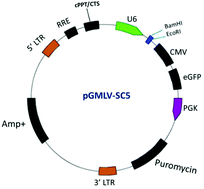Pseudo-allergic reaction caused by Qingkailing injection partially via the PI3K-Rac1 signaling pathway in RBL-2H3 cells
Abstract
Qingkailing injection (QKLI) is a kind of multi-component traditional Chinese medicine injection. It has been widely used in clinical practice, but in recent years, it has caused more and more adverse reactions, mainly manifested as pseudo-allergic symptoms. To explore the potential mechanism of the pseudo-allergic reaction by QKLI, basophilic leukemia cell line 2H3 (RBL-2H3) was chosen. The results showed that QKLI at doses of 5, 10 and 20 mL L−1 activated phosphoinositide 3-kinase (PI3K) activity and also increased the levels of Ras-related C3 botulinum toxin substrate 1 (Rac1), p21 protein-activated kinase 1 (Pak1), LIM kinase (Limk1) and cofilin (an actin polymerization regulator) proteins. What's more, QKLI aggravated the depolymerization of F-actin. NSC23766, a Rac1 inhibitor, reversed the previous results in QKLI-treated RBL-2H3 cells. In addition, when the Rac1 gene was knocked down using lentiviral vector-loaded shRNA in RBL-2H3 cells, the PI3K activity and depolymerization of F-actin were downregulated, hinting that the pseudo-allergic reaction was significantly reduced. In general, the pseudo-allergic reaction induced by QKLI was likely to be based on PI3K-Rac1 signaling pathways partially.



 Please wait while we load your content...
Please wait while we load your content...